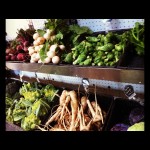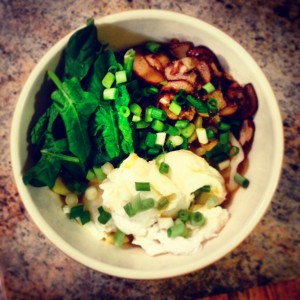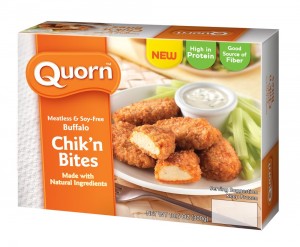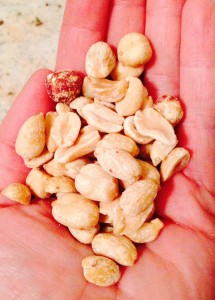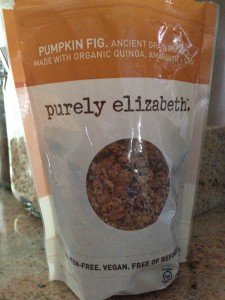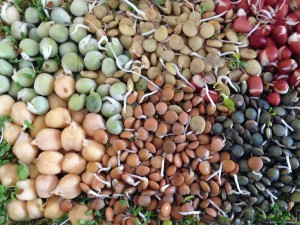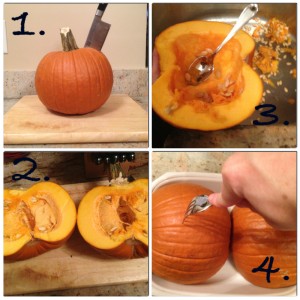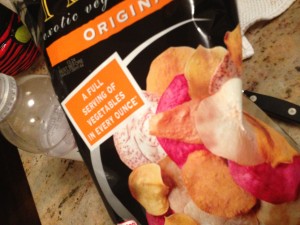It is kind of true “you are what you eat” especially when it comes to pushing yourself with exercise. I have many people that have joined me on the exercise challenges in the past few months, and I made comments about certain workout days being rougher due to poor diet the day before and that always brought on a slew of questions wanting me to clarify further, so I thought I would! Plus, it is crucial to eat correctly when pushing yourself physically, so that your body can work optimally, otherwise you put yourself at risk for overtraining and getting hurt or sick.
What should I focus on?
There are a few different schools of thought, and it does truly depend on your goals of working out. For example, if you are looking to build large amounts of muscle, you will need to significantly increase your protein intake (lean proteins). But, if you are someone who is doing a workout challenge, and the goal is to tone up and perhaps slim down, you want to focus more on endurance, so that your body is able to keep up the intensity with exercise, and you aren’t starving all of the time, but you are eating clean and healthy to maybe lose a few extra pounds.
You should start your day out right, whether you eat breakfast or drink it (in smoothie form) you really should include oatmeal: it is a complex carbohydrate that is full of fiber, so it is slow for your body to digest, and it helps keep your blood sugar at a steady level, so you don’t get a sugar crash, and it will help keep up your stamina for the day. So either eat oatmeal in the morning with some fruit OR add it to your smoothie. Smoothies are great because you can get your calcium from dairy, carbs from oatmeal, and your daily fruits all in one meal!
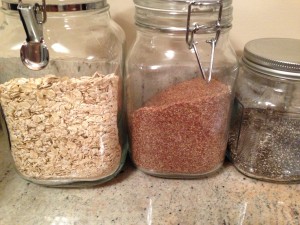
Oats, Flax, and Chia (all parts of my morning smoothie)
For a snack, eat either nuts or peanut butter, almond butter, etc to boost protein and despite a high fat content, it is good for you because it gives you the energy you need, satiates your hunger, and also gives you that boost of protein power. I like to eat peanut butter on celery or carrots to get my vitamins and nutrients from the vegetables and also get that extra bit of protein. You can also make a trail mix with dried fruits and nuts to boost your energy and get in some endurance boosting proteins.
Your lunch and dinners should consist of vegetables and lean proteins. Honestly, for people on the go, the Bolthouse Farms Protein shakes are a great alternative (the salted caramel latte is my FAVORITE), and what I normally drink for lunch; at work I rarely have time for a sit down meal so they help me to get my protein and a bunch of nutrients on the go!
The vegetables that help to boost your stamina are: red beets (I really don’t like them, but they have been shown to increase your muscle stamina), spinach (filled with fiber, vitamin A, vitamin C, and calcium), green cabbage (filled with phytonutrients that fight off free radicals and help heal damage), watercress (full of Vitamin A, B, C, Iron, magnesium, and calcium), and pumpkin (has anti-inflammatory effects to soothe those hard worked muscles and fiber filled). But truly, as long as you get your favorite veggies in, and they aren’t laden with butter (use extra virgin olive oil instead), your body will be happy.
Lean proteins should also be included in your diet: fish (shellfish and regular swimming fish), chicken, quinoa, chia seeds, and beans. If you are looking to boost muscle mass, you can always eat your proteins atop a protein, like eating some black beans, and maybe using the alternative of a bed of quinoa instead of rice.
You should be getting carbohydrates from your veggies, remembering that the more colorful your plate, the more vitamins and nutrients you are getting, which is good for you! And, of course you can eat breads, but make sure that they are whole grains and eat veggies with your carbs (think toast with some avocado atop it for breakfast!)
The cleaner your diet, with more protein the night before your hard workouts, along with your 2 liters of water throughout the day, your body will feel strong, you will feel good about yourself, and you will have the stamina and endurance to get through your hard workouts. Eating things that are high in fats will not make you feel good, and your workouts will reflect that….that being said, everyone has a cheat day on their diet, just make sure to use those cheats sparingly and your body will thank you!!
P.S. Don’t forget to join the June Exercise Challenge on Facebook!
Yours in Good Health
B

